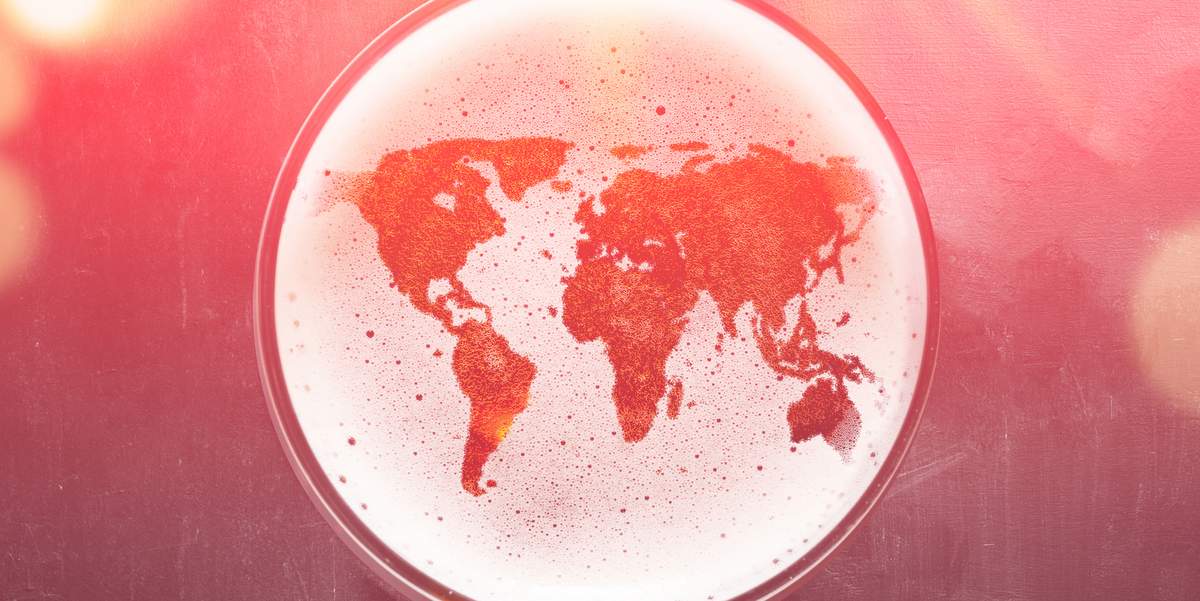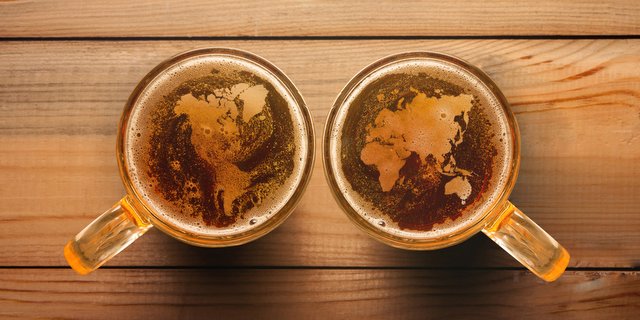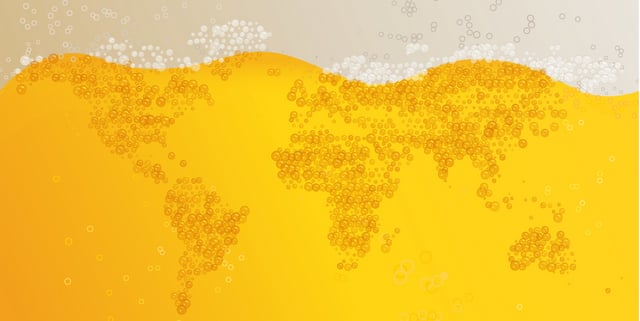Over the last 40 years, IWSR has built up the world’s largest database on the beverage alcohol market. It claims to understand the market, category and brand performances of products in 157 countries across the world using local market input. Occasionally, IWSR releases market reports, and occasionally we run those market reports because we find them interesting and insightful. Here’s one right now!
Dry January may have ended last week, but new research suggests the movement is the start of a wider health and wellness trend that is gaining traction across the world, providing new opportunities for the global beverage alcohol industry. As consumers increasingly look for ways to reduce their alcohol intake, a comprehensive new study just released by the IWSR, the leading authority on data and intelligence of the global beverage alcohol market, offers an in-depth analysis of the growing low-alcohol and no-alcohol categories.
The IWSR Global Opportunities in Low- and No-Alcohol report examines market sizing by volume, key players in the industry, on-trade analysis, product innovation, and important consumer trends.
“The ‘Dry January’ movement isn’t new, but one of the reasons we’ve heard so much more about it this year is the broader trend that points to consumers’ increased interest in physical and mental health. And that’s creating an interesting shift in consumer preference for low- and no alcohol beverages, outside of soft drinks,” said Mark Meek, the IWSR’s CEO. “For leading producers of beverage alcohol, this obviously presents considerable opportunity to develop new products, claim their share of the category and ultimately grow revenue.”
The IWSR’s study indicates that at present, the low- and no-alcohol sector is poorly served, with few clear category leaders. Though forecasted to grow significantly, overall the current marketplace for low- and noalcohol products is still small in most parts of the world. In the UK, for instance, low-/no-alcohol brands represent only 1.3 percent of the country’s total beverage alcohol market. In the US that number is even smaller at 0.5 percent. Nonetheless, research indicates that consumers are actively looking to reduce their alcohol consumption and they universally support the notion of low-/no-alcohol beverages if they can find products that meet their taste expectations.
Most bars and restaurants around the world that were surveyed by the IWSR for this forward-looking study offered non-alcohol beer, while non-alcoholic wine was notably absent. (Non-alcohol beer is growing rapidly, at the same time that low-alcohol beer volumes are declining.) Bartender attitudes towards low- and no-alcohol products varies widely by market as well. In almost all markets, the IWSR’s research shows that the off-trade channel (beer/wine/spirits retailers) offers significantly more selection of low- and no-alcohol products than bars and restaurants.
Specific market trends in low/no alcohol…
United States
Though 52 percent of US consumers surveyed in the IWSR’s study report that they’re trying to reduce their alcohol intake, over 70 percent of people say they have not yet considered drinking low- or no-alcohol beverages. Low- and no-alcohol products currently account for only 0.5 percent of the total US beverage alcohol market in the United States, however, a recent influx of investment by key beverage alcohol companies is anticipated to draw in a new generation of consumers, and contribute to the forecasted rapid growth of the category (while growth in most alcohol categories remain moderate, and alcoholic beer is in decline.)
If you would like to read how the U.S. compares to foreign markets like the United Kingdom, Germany, Australia and Spain, click this link. Don’t worry: We’ve made it pretty clickable.





Jason Kennedy says
Frickin neo-prohibitionist